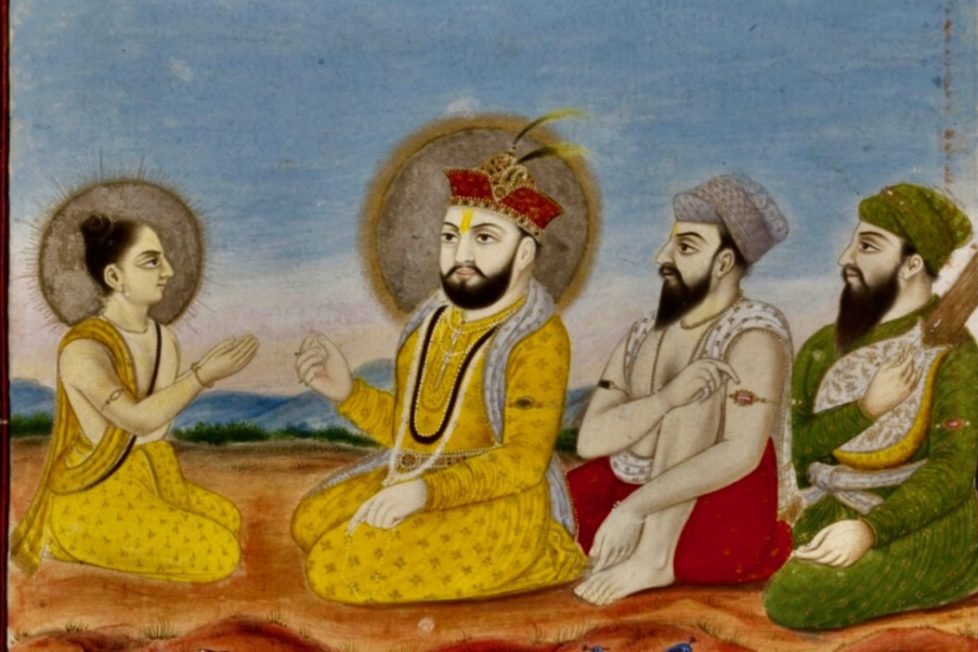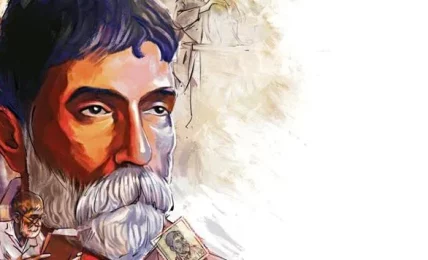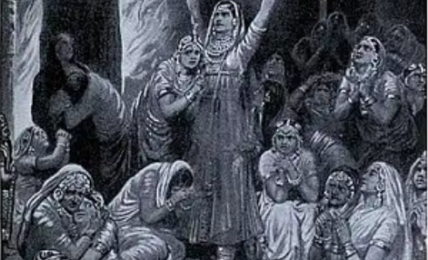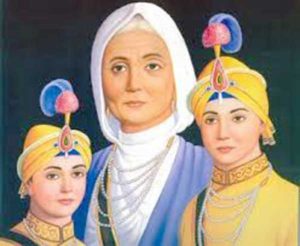The Dethroning of Traditional Sikhism and the sikh Adoption of a Non-Hindu Identity
There is a word used in Sikhism - Sanatani Sikhism - those who practice a syncretism of Hinduism and Sikhism. But, there is another word used for them - conservative. If those practicing syncretism are traditionalist Sikhs, who are the new crop of Sikhs who declared they are not Hindu?




